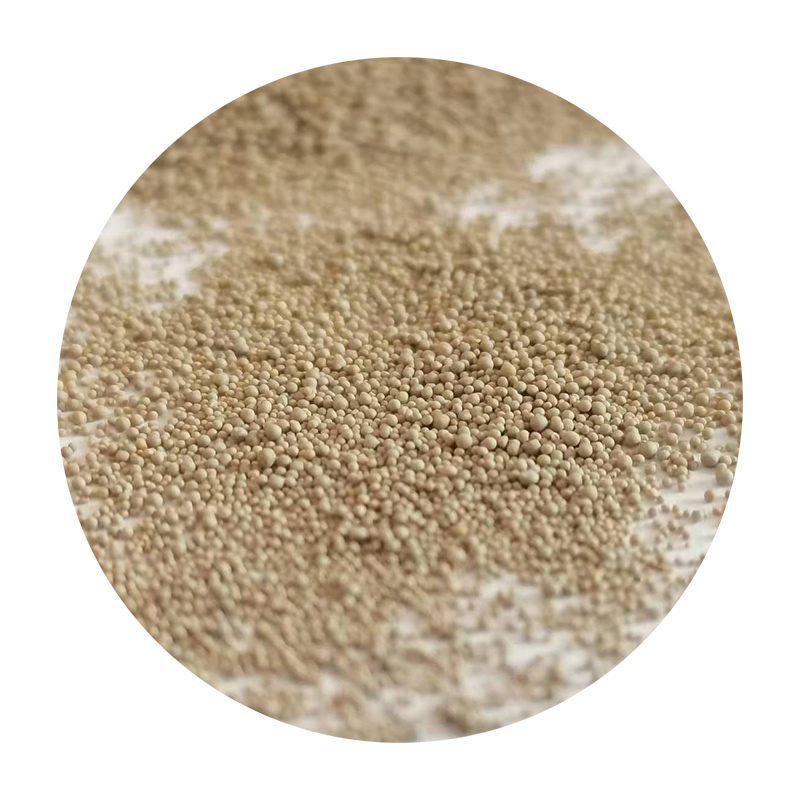Sanding Ceramic Mugs A Guide to Achieving the Perfect Finish
Sanding ceramic mugs is an essential process for artists and hobbyists alike who wish to create smooth, aesthetically pleasing pieces. Whether you’re customizing a plain mug or preparing an item for decoration, sanding is critical for achieving the perfect surface. This article will guide you through the sanding process, the tools you’ll need, and best practices to ensure your ceramic mugs are finished beautifully.
Why Sanding is Important
Sanding serves several purposes when working with ceramic. It helps to remove imperfections such as rough edges, chips, and uneven surfaces. This is particularly vital if the mug is going to be painted or glazed, as a smooth surface will allow for better adhesion of decorative elements. Moreover, sanding can help create a professional appearance, especially if you are producing items for sale or gifting.
Tools and Materials
Before you start sanding your ceramic mugs, gather the necessary tools and materials
1. Sandpaper Choose different grits for various stages of sanding. A lower grit (like 60-80) is effective for shaping and removing bulk material, while higher grits (like 220-400) are ideal for finishing and smoothing surfaces. 2. Sanding Block or Sponge A sanding block provides even pressure and helps maintain a flat surface, whereas a sponge can conform to curved areas of the mug, making it more ergonomic.
3. Water Wet sanding is highly recommended for ceramics as it keeps dust to a minimum and reduces the risk of damaging the surface. Water acts as a lubricant, allowing the sandpaper to glide smoothly.
sanding ceramic mug

4. Dust Mask and Safety Goggles Protect yourself from fine dust particles by wearing a dust mask and safety goggles during the sanding process.
The Sanding Process
1. Preparation Start by cleaning the ceramic mug to remove any dust or residues. This will ensure you have a clean surface to work with.
2. Coarse Sanding Begin with a lower grit sandpaper to shape the mug and eliminate any significant imperfections. Apply light to moderate pressure and use circular or back-and-forth motions. Be careful around the edges to avoid creating deep grooves.
3. Wet Sanding Once you’ve achieved a smoother surface, switch to a finer grit sandpaper. Dampen your sandpaper with water to facilitate the sanding process. Continue sanding until you can no longer feel rough spots. Rinse the mug frequently to remove residue.
4. Final Touches Use the highest grit sandpaper for the final sanding phase. This will give your mug a polished look and feel. After you are satisfied with the finish, clean the mug thoroughly with some water.
Conclusion
Sanding ceramic mugs may seem like a tedious process, but it is essential for ensuring a high-quality finish. By using the right tools and techniques, you can transform a rough ceramic piece into a work of art. Whether you’re creating a one-of-a-kind gift or developing a line of ceramic products, knowing how to sand properly will help you achieve the best results. Happy crafting!
Post time:Верас . 26, 2024 00:58
Next:types of sand casting
